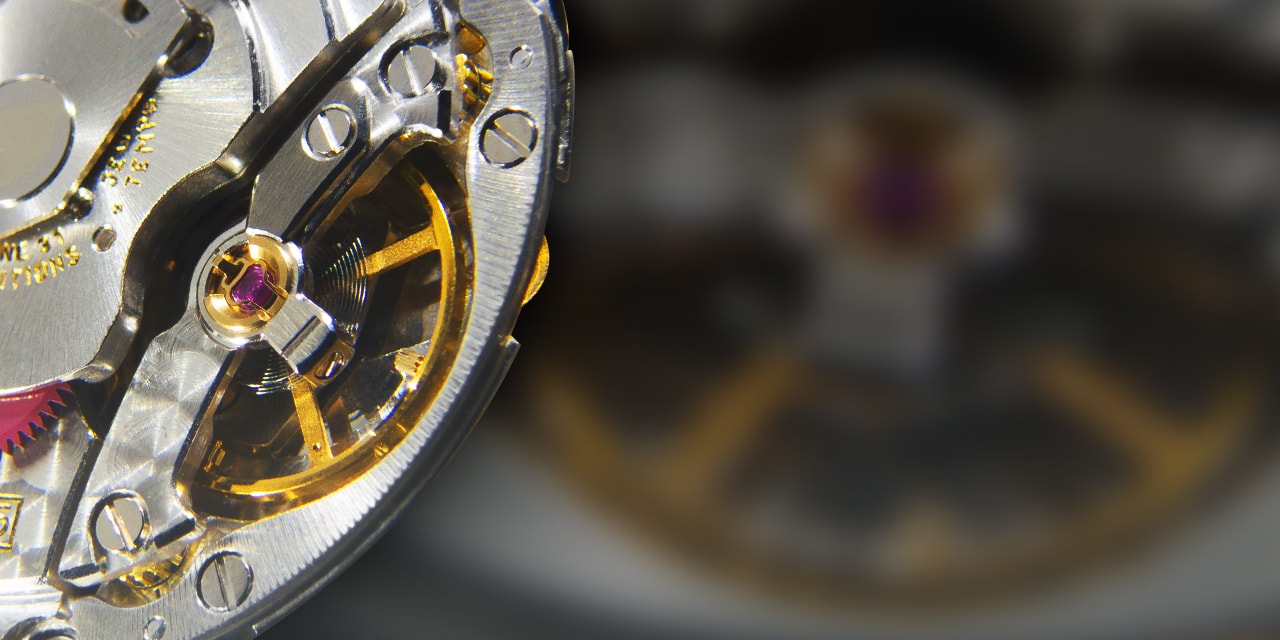The Rolex Balance and Why it’s Different
Comparing watches and the mechanics behind them can be pretty confusing. Although many gravitate to the provenance each watch brand espouses, when doing an apple for apple comparison, there is much to discern. Rolex sets itself apart from many other brands in the technologies they use to insure COSC accuracy. One of the areas that is purely Rolex is the balance wheel and the method with which the balance operates and regulated.
Some associate the watch’s mainspring as the heartbeat of the watch and the balance as the brain. This metaphor is somewhat strained as when looking at a Rolex balance wheel in operation shows the back and forth movement similar to a heartbeat. Just like a human heart, the speed and arc with which the balance travels regulates the speed and accuracy of watch. Rolex takes great pains to insure the speed and integrity of the balance wheel. Below are some of the technologies that Rolex employs to insure COSC accuracy:
Glucydur Balance Wheel:
One of the problems with balance wheels is that they change shape with temperature and magnetism. Rolex, as well as other high quality brands use an alloy named Glucydur which is comprised of beryllium, copper, and beryllium bronze iron. This allows is resistant to shape changes from temperature changes. Less expensive brands use a bimetallic balance wheel, and some older balance wheels have expansion/contraction slices in them.
Microstella Screws = Free Sprung:
There are two methods for regulating the speed and range that the balance wheel travels. Rolex employs a “Free Spring” balance wheel whereby there is nothing prohibiting the hairspring from breathing naturally. Other movement manufacturers, namely ETA, utilize a regulator mechanism whereby the hairspring is either lengthened or shortened by the movement of a regular pin that envelopes the hairspring. The easiest way to determine of the balance wheel is regulated is to look for a + / – near the balance wheel. If a watchmaker needs to adjust the travel of the balance wheel, they move the adjustment pin to the appropriate direction.
Rolex on the other hand utilizes a free spring balance and regulation adjustments are made using Microstella adjustment screws. Making adjustments on a free sprung balance is trickier than on a regulated balance, but there is more precision with Microstella screws.
Parachrom Blu hairspring:
Hairspring in the Swiss watch industry are manufactured primarily by Nivarox, a subsidiary of the ETA and the Swatch Group. Nivorox was used by Rolex until the mid 2000’s when Rolex’s own Parachrom Blu hairsprings were fitted in Rolex Daytona’s and others in the Rolex watch line.
Kif or Parashock shock mechanism:
The shock mechanism is important and a crucial underpinning of the reliance of the balance wheel. The shock mechanism is comprised if convex and concave jewels held by springs that hold the balance staff or axle in place. Shock is absorbed by the movement in the jewels or the springs that holds the jewels in place. Like with the Parachrom Blu hairspring, Rolex has developed its own shock mechanism called Paraschock that is outfitted in the Explorer and DateJust President wristwatches, and is being introduced with each new or updated Rolex model.
Prior to Parashock, Rolex employed the KIF shock mechanism, which differs from many other brands who employ the Incablock. The principals behind the shock mechanism are the same, but Rolex sets itself apart by using either KIF or its own Parashock mechanism.
Balance Bridge:
Lastly Rolex utilizes a full balance bridge to hold the balance in place. Rolex, like Panerai, is one of the few companies that employ a full bridge to hold the balance in place. Most other brands use a balance cock that is held in by two screws, whereas Rolex uses a full bridge for stability, as well as is able to adjust for end-shake in the balance staff with two adjustment wheels located under the bridge.






